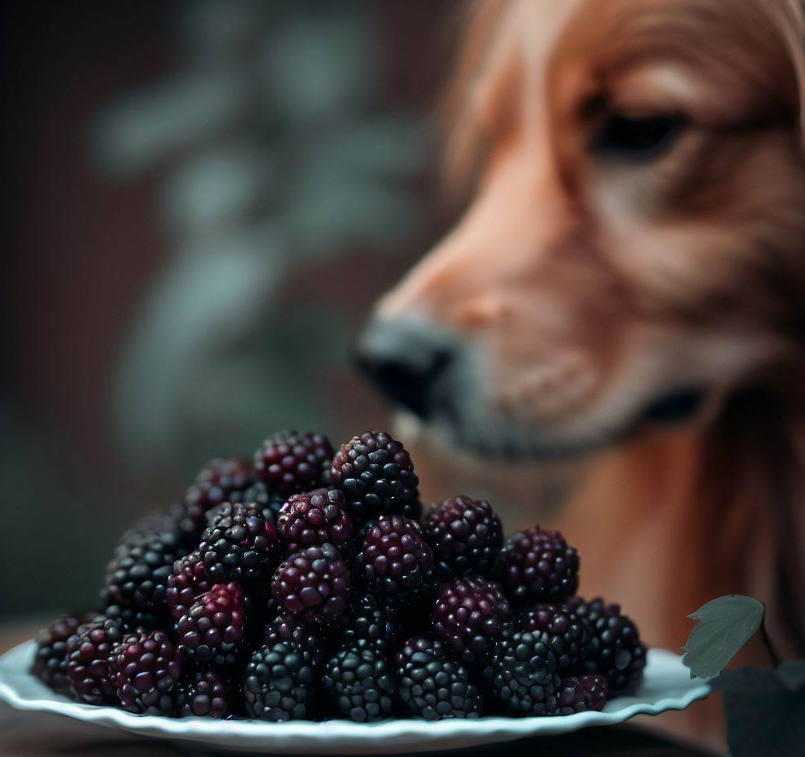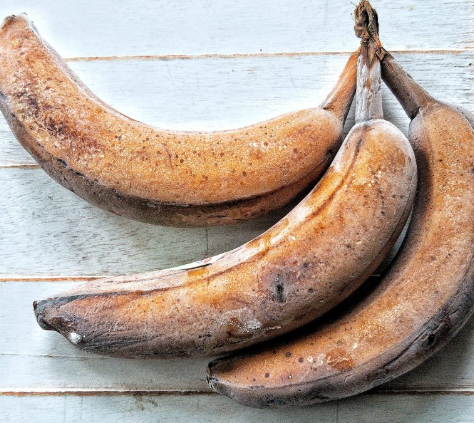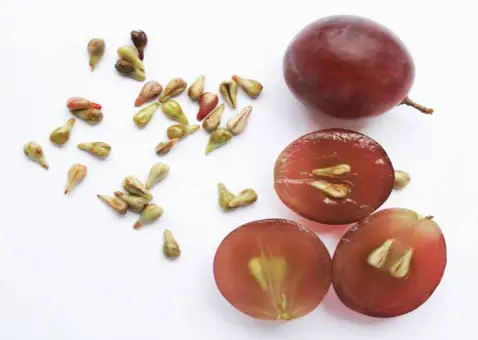Figuring out what’s safe to feed your four-legged buddy can be challenging. Among the veggies that might catch your eye is the rutabaga, a root vegetable that many humans enjoy. But you may wonder if your dog can enjoy rutabaga too.
Let’s get to the bottom of whether rutabaga is safe for dogs. We’re here to tackle that important query and to give you the rundown on the benefits and possible downsides of including rutabaga in your dog’s diet, as well as any risks that might come with it.
Table of Contents
- Is Rutabaga Safe for Dogs?
- Top 5 Benefits of Rutabaga for Your Dog
- 1. Healthier Digestive System
- 2. Boosted Immune Health
- 3. Cancer Prevention
- 4. Heart Health Support
- 5. Keeping a Healthy Weight
- How to Give Rutabaga to Dogs Safely
- Step 1 – Check with Your Vet
- Step 2 – Clean and Prep the Rutabaga
- Step 3 – Cut It into Dog-Friendly Pieces
- Step 4 – Cook the Rutabaga to Soften It
- Step 5 – Offer Cooked Rutabaga as a Treat or Mix into Meals
- Step 6 – Watch for Your Dog’s Response
- Step 7 – Save leftover cooked rutabaga in the fridge and use it within a couple of days
- Step 8 – You can mix rutabaga with other veggies for your dog
- Step 9 – Bring rutabaga into your dog’s meals slowly
- Step 10 – Keep an eye on how your dog feels and look for allergy signs
- Some risks of feeding your dog rutabaga
- How much rutabaga should I feed my dog?
- In conclusion: Is rutabaga good for dogs?
Is Rutabaga Safe for Dogs?
Yes, dogs can indeed eat rutabaga. It’s a veggie low in calories but rich in vitamins like C, E, and K. Rutabaga can also assist with digestion and help maintain a healthy balance in your dog’s gut.
Rutabaga makes for a wholesome treat that can boost your dog’s nutrition. Remember to serve it in moderation, though, because too much can upset some dogs’ stomachs.
Start by slowly adding tiny amounts of rutabaga to your dog’s meals over time. This helps them get used to it. Cooking the vegetable until it’s soft and taking off any rough skin will also make it easier for your dog to digest.
Top 5 Benefits of Rutabaga for Your Dog
Rutabaga offers some excellent perks for your pup. Here are five standout benefits:
1. Healthier Digestive System
This root vegetable is loaded with fiber, which keeps your dog’s digestive tract in tip-top shape. It can even help ease constipation thanks to its laxative effects.
2. Boosted Immune Health
With plenty of vitamin C, rutabaga strengthens your dog’s immunity. This leads to better defense against sickness and overall better health. Plus, rutabaga comes with useful minerals like potassium, magnesium, and iron, all of which contribute to your dog’s well-being.
3. Cancer Prevention
By offering lots of antioxidants, rutabaga helps guard your dog’s cells against damage. This can lower the chances of cancer and other serious health issues. Regularly including rutabaga in your dog’s meals can help maintain their long-term health.
4. Heart Health Support
Since rutabaga is low in fat and cholesterol, it’s a healthy veggie choice for dogs, particularly those with heart conditions. It may help control blood pressure and reduce the risk of heart problems.
5. Keeping a Healthy Weight
As a low-calorie food that’s high in fiber, rutabaga can help your dog feel full without adding unneeded calories. It’s a smart choice for managing your pup’s weight and controlling their appetite.
How to Give Rutabaga to Dogs Safely
Step 1 – Check with Your Vet
Before adding new food like rutabaga to your dog’s diet, talk to your vet. Some dogs might be allergic or sensitive to it. Your vet can give advice on whether rutabaga is a good fit for your dog and how much to give them.
By following your vet’s advice and watching how your dog reacts after eating rutabaga, you can make sure it’s a safe and healthy option for them.
Step 2 – Clean and Prep the Rutabaga
Make sure to wash the rutabaga well to get rid of dirt or chemicals. Peel off the skin to remove the hard and bitter part, making it more enjoyable for your pooch.
Step 3 – Cut It into Dog-Friendly Pieces
After cleaning and peeling, chop the rutabaga into smaller pieces that your dog can easily munch on. This helps you control how much your dog eats at a time.
Step 4 – Cook the Rutabaga to Soften It
Since raw rutabaga can be hard for dogs to digest, cook it to make it softer. Boil, steam, or bake it for 20-30 minutes. Then you can mash or puree it to get rid of any remaining tough bits and make it taste better for your dog.
Step 5 – Offer Cooked Rutabaga as a Treat or Mix into Meals
Rutabaga can be a special treat or a part of your dog’s usual diet. Begin with a little amount to see how they handle it. If all goes well, you can gradually offer more or include it with other veggies for a varied diet.
Step 6 – Watch for Your Dog’s Response
Keep an eye on your dog after they eat rutabaga. If they show signs of discomfort or allergy, like vomiting or diarrhea, you might need to adjust the amount they eat or stop feeding it to them completely.
When you give your dog rutabaga, start with a small amount and keep an eye out for any upset stomach, like diarrhea or throwing up. If this happens, give them less next time.
Once your dog is okay with rutabaga, you can slowly give them more. They might need a few days to get used to the new veggie, so pay attention to how they act and eat. Talk to your dog’s doctor before you add new things to their meals and ask how much and how often you should give them.
Step 7 – Save leftover cooked rutabaga in the fridge and use it within a couple of days
Keep any cooked rutabaga that you don’t use in a sealed container in the fridge. Eat it within two to three days because it can go bad fast.
Step 8 – You can mix rutabaga with other veggies for your dog
Combining rutabaga with different veggies like carrots, squash, or sweet potatoes can make your dog’s meals more exciting. These are healthy choices that could make the rutabaga taste better. You can serve these veggies either cooked or raw, depending on what your dog likes. Mashing or pureeing them will help your dog digest them better.
Step 9 – Bring rutabaga into your dog’s meals slowly
Start by giving your dog a little bit of rutabaga and then give them more over a week or so. This helps your dog get used to the new food and lets you see if it reacts okay to the rutabaga.
Doing this slowly is extra important if your dog has a touchy tummy or problems when trying new food.
Step 10 – Keep an eye on how your dog feels and look for allergy signs
Whenever you give your dog new food, watch for allergy signs like throwing up, diarrhea, hives, or a puffy face.
If your dog seems sick after eating rutabaga, don’t give them more and call your vet. Also, if your dog has had food allergies before, ask your vet before you give them rutabaga.
Some risks of feeding your dog rutabaga
Rutabaga is mostly okay for dogs if they don’t eat too much, but there are some things to be careful of:
- Upset Tummy: Rutabagas should be brought into your dog’s eating routine slowly and in little chunks. If they eat too much, they might have an upset stomach, like diarrhea or vomit. Introducing it bit by bit helps your dog get used to the new veggie without getting sick.
- Allergies: Some dogs might be allergic to rutabaga and have symptoms like vomiting, diarrhea, hives, or a puffy face. If your dog has any of these after eating rutabaga, stop feeding it to them and get help from your vet.
- Medication Problems: Rutabaga has a lot of Vitamin K, which can mess with blood-thinning drugs. If your dog is on any medicine, you need to talk to your vet before giving them rutabaga to make sure it’s safe and doesn’t interfere with their treatment.
- Raw Rutabaga: Dogs shouldn’t eat raw rutabaga because it’s hard for them to break down. It can give them a stomachache, so make sure it’s cooked before they eat it.
- Too Much Food: Feeding your dog too much rutabaga can lead to weight problems and other serious health issues.
So, rutabaga can be good for dogs if you don’t overdo it. Always ask your vet to find out if it’s okay for your dog and to keep an eye on how they handle the new food.
How much rutabaga should I feed my dog?
Small dogs can start with 1-2 tablespoons of cooked and mashed rutabaga per meal. Dogs that are a bit bigger can have 2-4 tablespoons, while big dogs can have 4-6 tablespoons. Always ask your vet what’s the right amount for your dog and their special needs.
Remember, rutabaga should only be a small part of what your dog eats, not the main thing. Too much can cause digestion problems and other health issues. It’s best to use it as a treat or mix it with other veggies and fruits.
In conclusion: Is rutabaga good for dogs?
Rutabaga can be a good and healthy snack for your dog, as long as it’s just a small part of what they eat. While you shouldn’t give them raw rutabaga, the cooked and mashed kind can give them important vitamins, minerals, and fiber.
Make sure to chat with your vet to find out the best amount to give to your dog. Smaller dogs usually eat 1-2 tablespoons in a meal, and bigger dogs might have up to 6 tablespoons. Giving too much can lead to weight gain and health troubles, so it’s key to stick to the amount your vet suggests.
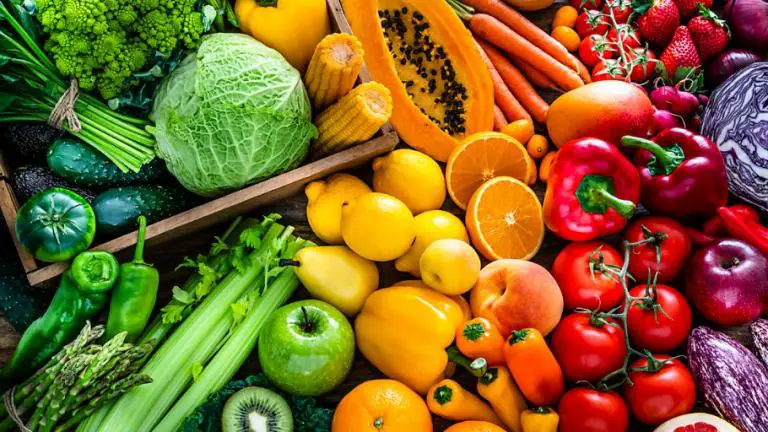


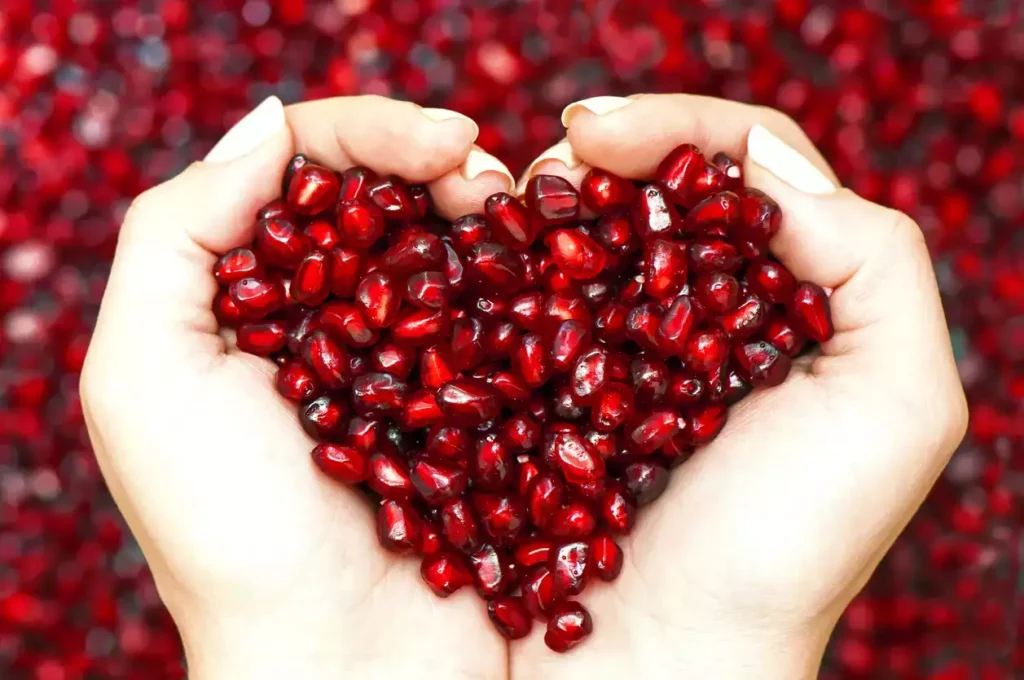
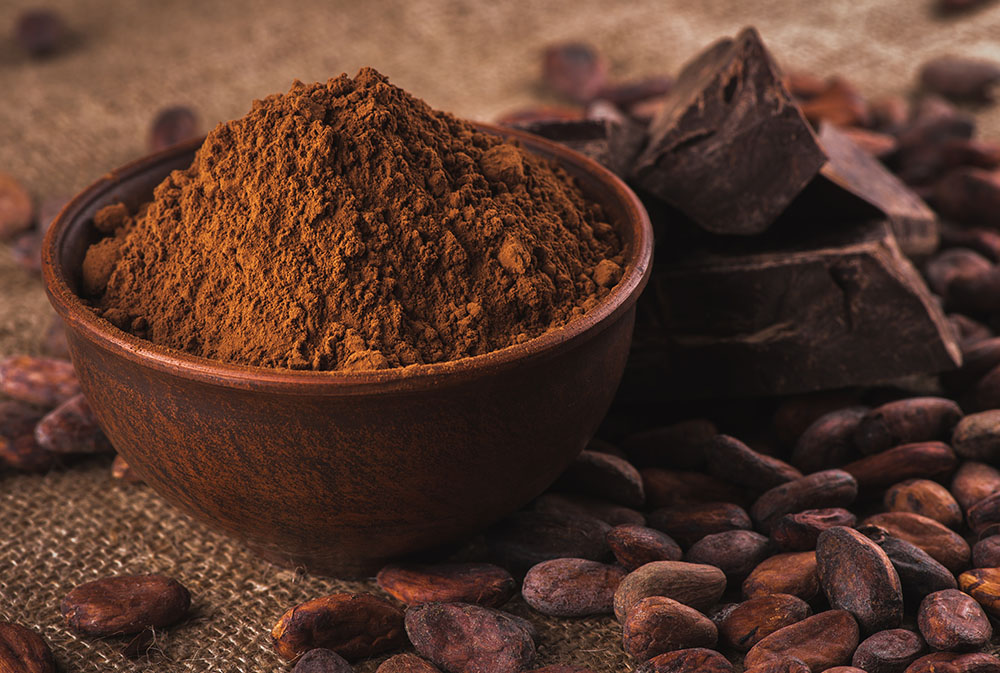

![What Is the National Fruit of Spain and Why? [ANSWERED]](https://fruitonix.com/wp-content/uploads/2023/04/What-Is-the-National-Fruit-of-Spain-.jpg)
